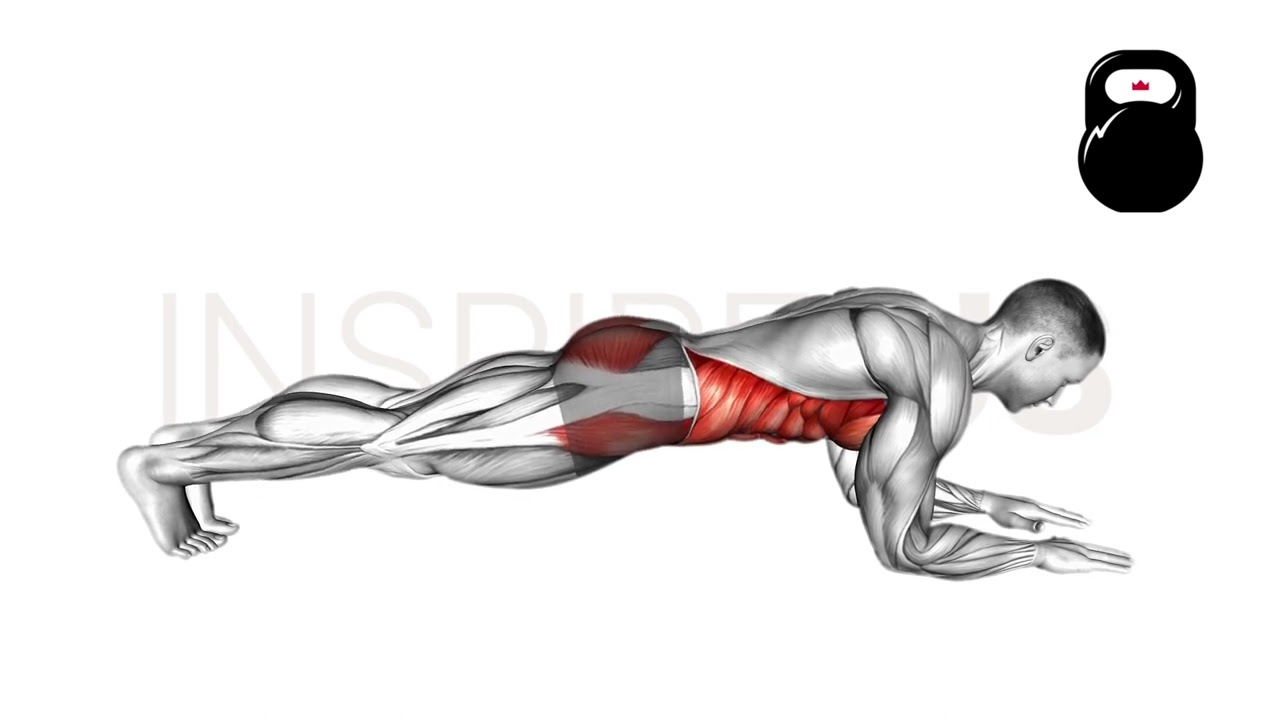Planks: Benefits, Muscles Worked, and More
Few exercises are as universally performed yet simplistic as the plank.
With its constant time under tension, low barrier of entry and targeted recruitment of the core muscles, it is considered to be a worthwhile inclusion into any abs workout.
Although it is likely you are already familiar with what a plank is and how to do it - if you aren’t, don’t worry.
In this article, we will review what makes the plank such a defining core exercise, what benefits it offers and how to perfect your plank form.
What are Planks?
Planks are an isometric exercise of moderate intensity and low complexity. They are most often performed for the purposes of strengthening the core musculature - especially those of the abdominals.
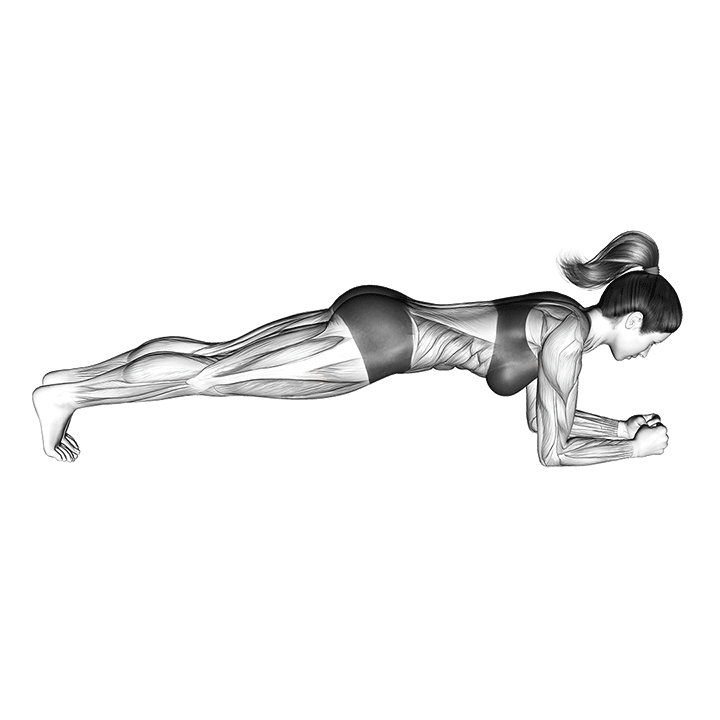
Unlike many other core exercises, planks involve no dynamic movement whatsoever. Much of the training stimulus derived therein is from purely static contraction, meaning that the body remains stationary throughout each set.
As one may guess from the name; planks involve the exerciser lying on the floor in a plank position - or what is otherwise known as a push-up stance.
The plank stance is adopted so as to force the core muscles to stabilize and uphold the body in the absence of support from other muscles.
Who Should Do Planks?
Planks are actually quite simple to perform, and require no equipment whatsoever. As such, exercisers of all types and goals will find planks to be perfect for their abdominal training needs.
As a word of caution, those with a history of hernias, lower back injuries, or any other form of condition affecting the integrity of the abdomen or spine should first speak to a doctor prior to performing planks.
How to Do a Plank Correctly
To perform a plank, the exerciser will lie on all fours with their hands and feet supporting the body.
The elbows should remain slightly bent in this stance. In addition, the body should remain relatively flat and straight, with no sagging of the pelvis, knees or chest.
Once positioned correctly, the exerciser will contract their core by squeezing their abdominal muscles - ensuring that their entire body remains rigid and stable as they do so. The glutes should also be squeezed so as to create a more rigid line with the body.
Finally, the exerciser will hold this stance until their core musculature gives out, or until they have reached a predetermined length of time.
Once either condition is met, the repetition is considered to be complete.
What Muscles Do Planks Work?
Although no dynamic contraction takes place during a set of planks, they nonetheless work the muscles of the rectus abdominis, transverse abdominis and obliques.

Each of these muscles is contracted isometrically, meaning that much of the development therein will come in the form of greater strength, endurance and stability.
What are the Benefits of Doing Planks?
Even advanced athletes make use of planks for the many benefits they offer - a few of which are listed below.
Stronger and More Stable Core
Planks work the muscles of the core in a highly effective manner. When performed correctly, they are capable of developing said core muscles in a manner that results in a stronger and more stable body as a whole.
While isometric contraction is considered to be less than optimal for achieving muscular hypertrophy, the abdominals are particularly responsive due to their function within the body.
This makes planks particularly useful as an abdominal training tool, and can be invaluable for not only athletes but also ordinary individuals.
Simple, Equipment Free and Easy to Scale for Progression
Planks are a calisthenics exercise that require no equipment or advanced exercise familiarity, making them an ideal accessory exercise for novices or individuals without access to a gym.
In addition, planks are occasionally still the preferred core exercise, even by athletes with a full set of equipment. Apart from its other benefits, this is also a result of the ease in progression that planks offer.
Unlike weighted exercises where further weight is added - or other calisthenics movements that require increasingly complex exercises - planks can remain challenging and effective simply by lengthening the time of each set.
Scaling the time in which each set of planks is performed allows even highly advanced exercisers to still retain progression and development from the exercise, even without equipment.
Improves Posture and Bodily Control
The muscles of the core are vital for not only movement of the torso, but also control and stability over the entirety of the body.
These muscles help stabilize the torso during dynamic movement, bend it in certain ranges of motion and help support the spine (among other structures) when maintaining proper posture.
As one may guess - planks strengthen these same muscles, and as such also strengthen the exerciser’s ability to maintain posture and general bodily stability. Individuals with poor posture may wish to perform planks so as to strengthen the necessary muscles.
Greater Performance in Other Exercises
Core stability and strength widely contributes to the performance of many exercises other than planks.
Barbell squats, for example, utilize the core and obliques to keep the torso upright and protect the lower back despite the significant amount of weight being moved.
Likewise, explosive movements like clapping push-ups or hurdles recruit the core to help stabilize the body during otherwise unstable activities.
This benefit, among many others, is the reason for the plank’s inclusion into advanced weightlifting programs. Having stronger core muscles is not only beneficial - but in fact a necessity. A strong core equates to greater safety when performing other exercises that require bodily control and stability.
Common Plank Mistakes You May be Making
Although planks are a relatively simple exercise to perform, there are nonetheless a few commonly made mistakes that you may encounter.
We have listed them below:
Sagging Torso, Hips or Legs
Perhaps the most common (and problematic) mistake in plank execution is sagging of the body.
Whether it be caving of the hips, bending of the knees or the torso itself sagging in some manner, doing so reduces the amount of tension placed on the core. In addition, sagging of the pelvis or torso also draws the lower back into a disadvantageous position.
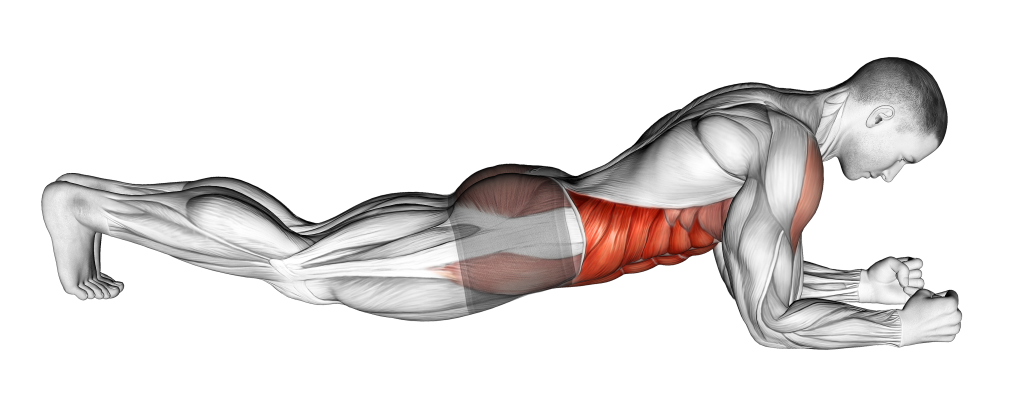
This particular mistake in plank form is a result of poor glute and core contraction, be it subconsciously or as a result of muscular fatigue.
In order to correct it, the exerciser may wish to perform planks before a mirror so they can better assess whether their body is indeed forming a rigid line.
Likewise, ensuring that their glutes are squeezed and their core “pulled towards the spine” can also act as form cues.
Hunched Shoulders
One mistake even experienced athletes make is allowing their shoulders to hunch upwards, as if drawing them to the sides of the head.
During a plank set, this can lead to the torso sagging downwards, and draw some tension away from the muscles of the core.
Hunching shoulders may be a result of fatigued back musculature, or a sign that the hand placement of the exerciser is too narrow. In either case, it is important to ensure that the body remains relatively flat and linear when performing the plank.
Poor C-Spine Alignment
Although most likely unconsciously made, raising the head or bending the neck can draw the cervical section of the spine into a disadvantageous position while in a plank stance. Doing so will affect other portions of the spine, and needlessly strain the c-spine itself.
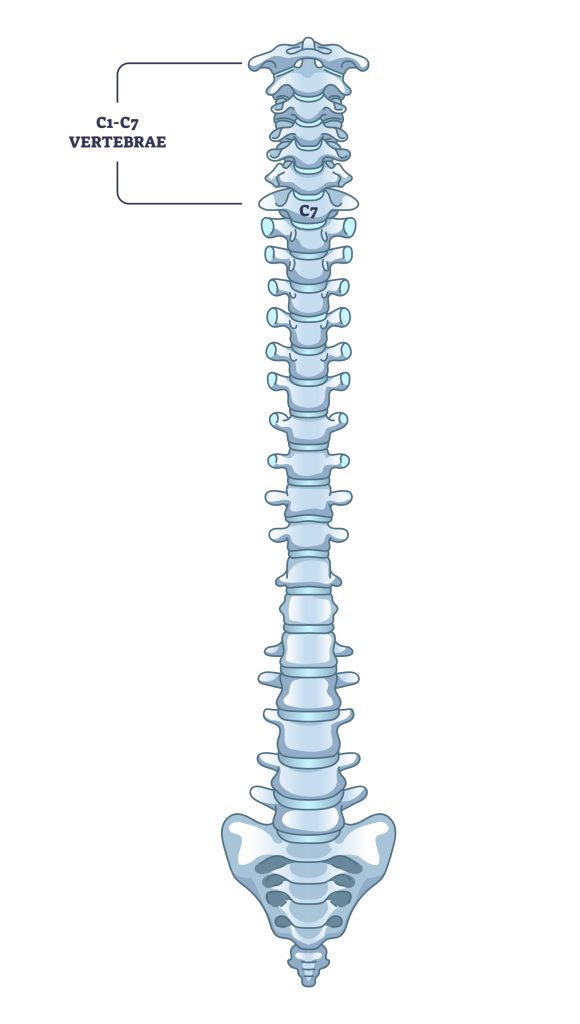
In order to avoid this particular plank mistake, it is best to keep the neck aligned with the rest of the body, and to keep the eyes pointed forwards. This will help prevent unconscious movement of the head and neck.
Poor Core Contraction
Finally, one of the most common mistakes made by individuals new to planks is a failure to contract the core.
Poor core contraction may be characterized by significant instability of the torso, by the aforementioned sagging of the body - or by a lack of “burn” in the abdomen, so to speak.
All of these issues are likely caused by the exerciser failing to properly recruit their core musculature in a conscious manner.
In most instances, this is a result of simple inexperience, and can be corrected by performing more dynamic core exercises that teach the exerciser how to consciously contract their core muscles. A few good examples are crunches, leg raises and (in certain contexts) glute bridges.
However, occasionally, poor core contraction may also be a result of muscular fatigue. In such cases, it is likely the exerciser’s training program that is at fault. A reduction in core work within the workout session may be needed, or simply fewer sets of planks.
Alternatives to the Plank
Whether you wish to shift more emphasis towards a specific muscle group or simply want to try something new - try out these three plank alternative exercises.
Side Planks
Side planks share much the same type of muscular contraction as regular planks, but instead are performed with the exerciser lying on one side at a time. This targets the obliques to a far greater degree.
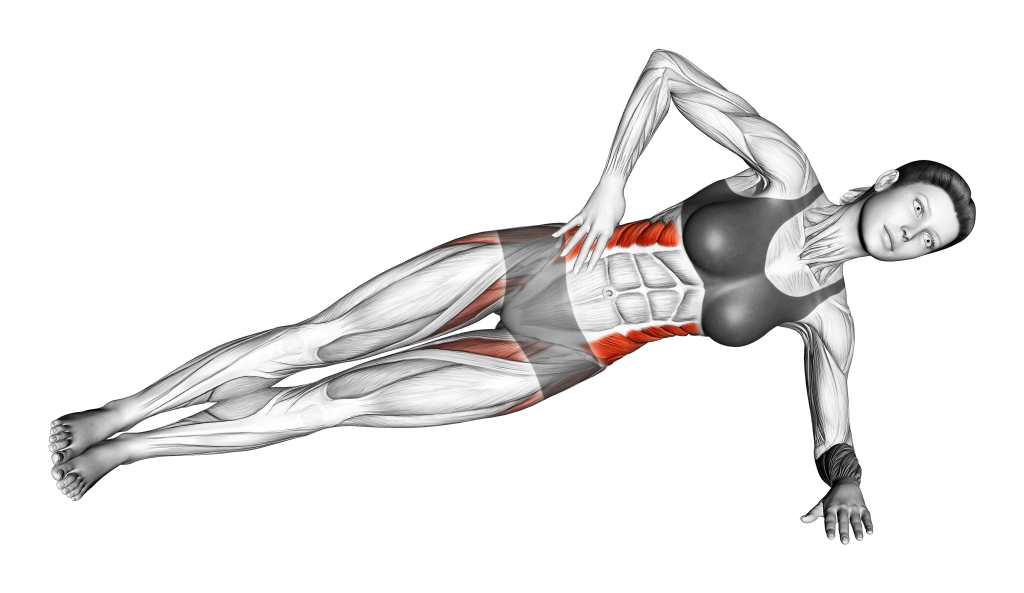
Side planks are occasionally performed alongside regular planks so as to create a more comprehensive abdominal workout, and are otherwise mechanically similar to their conventional counterpart.
Body Saw Planks
The body saw plank is a far more dynamic variation of the conventional plank where the exerciser shifts back and forwards atop their hands and feet. Doing so creates a greater challenge for the abdominal muscles, saving the exerciser time.
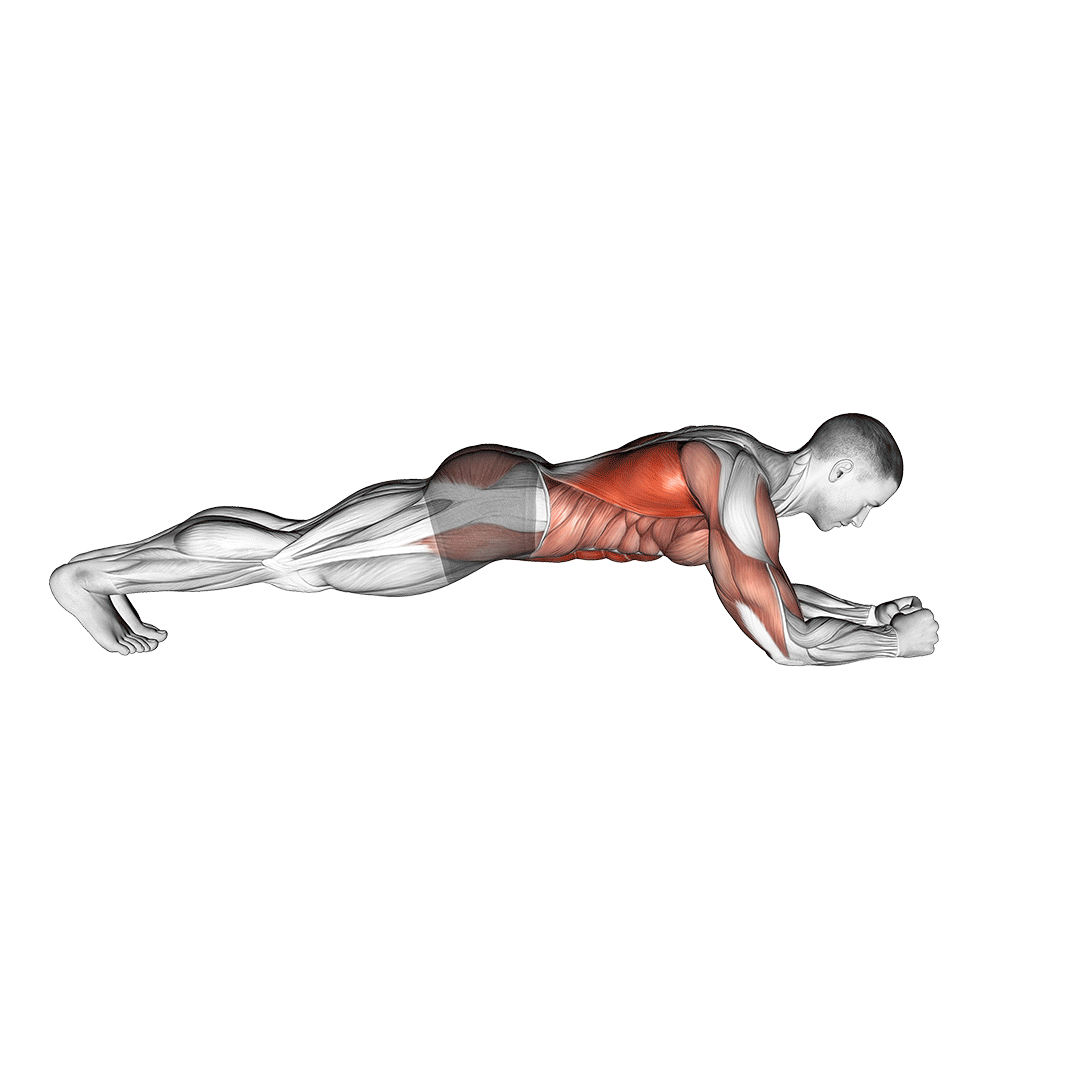
When substituting regular planks for body saws, the exerciser may wish to substitute the conventional measure of time per set with repetitions per set, allowing for greater efficiency.
Core Bridges
Core bridges are a dynamic abdominal exercise where the performer lies on their back and heels as they form a “bridge” by thrusting their pelvis forwards.
Unlike planks, core bridges are primarily dynamic in their muscular contraction - but will nonetheless target much the same muscles to a similar level of intensity.
For individuals who require a more dynamic substitute for planks but have no equipment, core bridges are among one of the best alternative exercises to choose.
Frequently Asked Questions (FAQ)
What is the Plank Exercise Good for?
The plank exercise is performed so as to strengthen the muscles of the abdominals, obliques and lower back. It is considered to be excellent for improving posture, bodily stability and other benefits derived from having a stronger core.
How Long Should a Beginner Hold a Plank?
There is no specific length of time in which a beginner should hold a plank. On average, most novice exercisers will be able to hold the plank stance for approximately 20 or 30 seconds.
However, this number will vary widely between individuals of different weights, previous exercise experience and workout programming.
It is important to find your unique starting point and to build upwards from there.
Is a 1 Minute Plank a Day Enough?
A minute-long plank set is considered to be quite good for intermediate exercisers, but doing so on a daily basis may cause more harm than good.
Although the abdominal muscles are more capable of being trained on a daily basis than other muscles, it is best to alot time for recovery between workout sessions.
As an alternative, we suggest performing 3-4 sets of planks on alternating days, taking up to 48 hours off after several consecutive microcycles of workouts.
Final Thoughts
Few exercises are as iconic and wide-spread as the plank - but that doesn’t mean they’re your only choice.
If, for whatever reason, you wish to avoid performing the plank, picking a substitute exercise is perfectly fine.
Otherwise, try starting out with 2-3 sets of planks at the end of your workout session. The benefits are entirely worth the burn.
References
1. Calatayud, Joaquin PhD; Casaña, José PhD; Martín, Fernando PhD; Jakobsen, Markus D. PhD; Colado, Juan Carlos PhD; Andersen, Lars L. PhD. Progression of Core Stability Exercises Based on the Extent of Muscle Activity. American Journal of Physical Medicine & Rehabilitation 96(10):p 694-699, October 2017. | DOI: 10.1097/PHM.0000000000000713
2. Szafraniec R, Barańska J, Kuczyński M. Acute effects of core stability exercises on balance control. Acta Bioeng Biomech. 2018;20(4):145-151. PMID: 30520448.
3. Calatayud J, Casaña J, Martín F, Jakobsen MD, Colado JC, Gargallo P, Juesas Á, Muñoz V, Andersen LL. Trunk muscle activity during different variations of the supine plank exercise. Musculoskelet Sci Pract. 2017 Apr;28:54-58. doi: 10.1016/j.msksp.2017.01.011. Epub 2017 Jan 31. PMID: 28171779.

